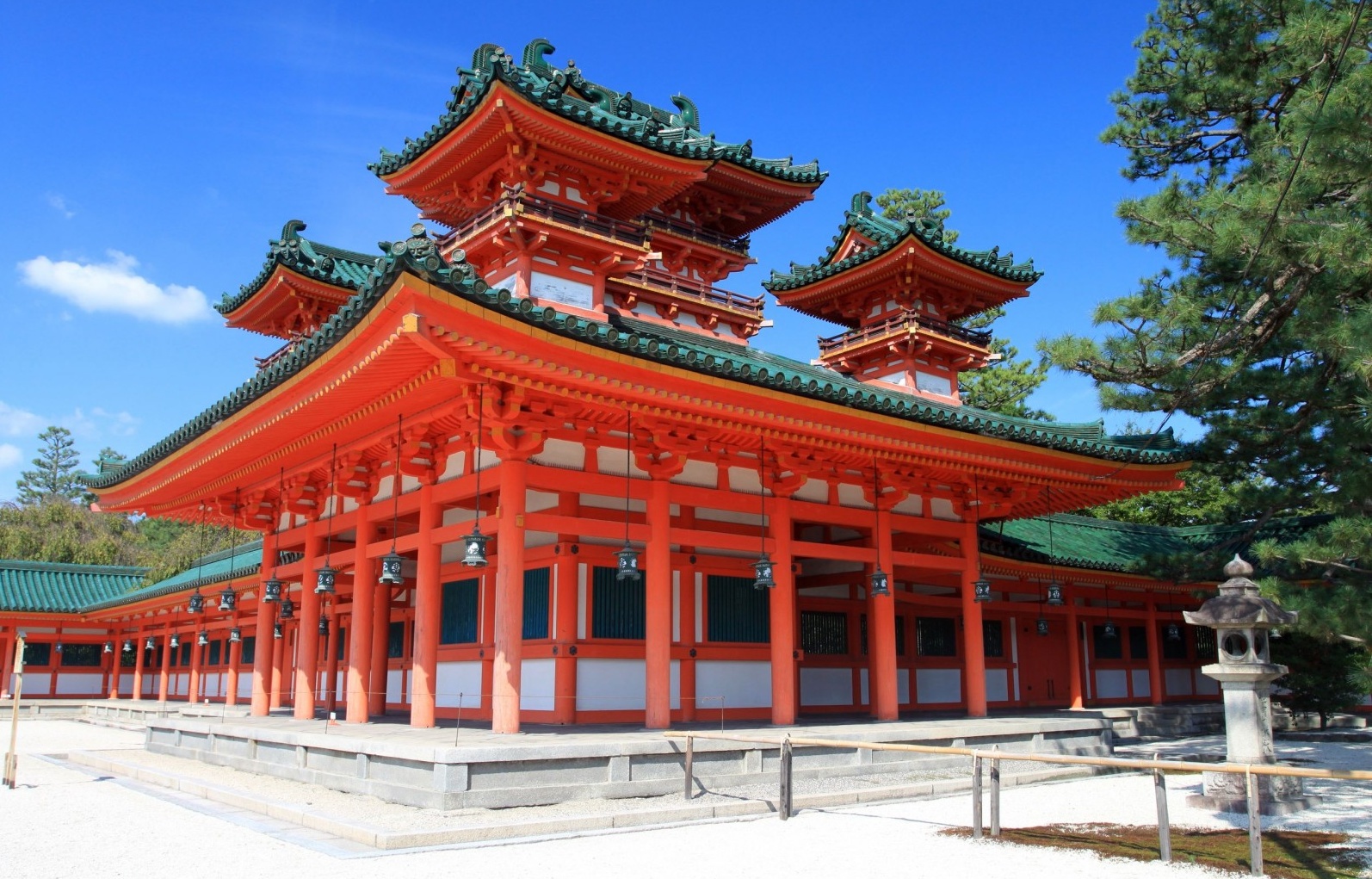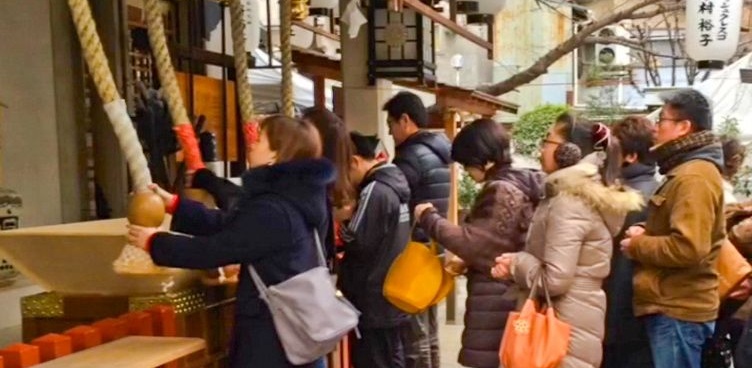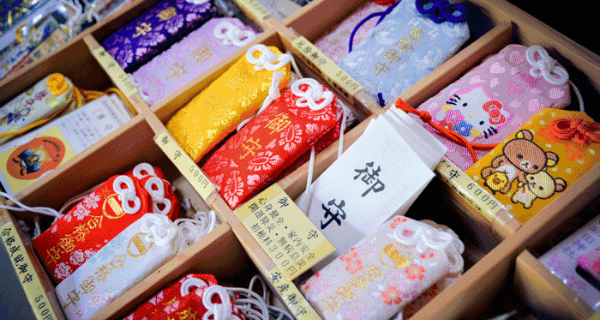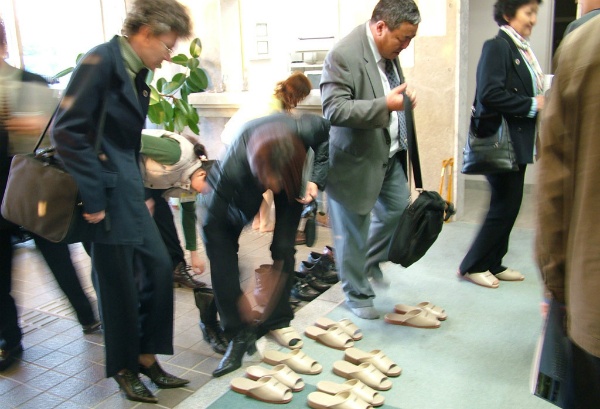5 Vital Temple & Shrine Etiquette Tips
Shrines and temples are a large part of Japanese culture, and no trip to the country is complete without a stop at one or the other. While going to a temple simply to observe is satisfactory on its own, it's well worth learning how to fully participate to get the most out of the experience. These trusty tips will have you praying like a pro!
By Jessica Famularo5. Approach the Torii Gate with Respect
When you walk through a shrine's torii gate, you're entering the spiritual world and stepping onto holy ground. Naturally, this isn't to be taken lightly. Before entering the gate, it's best to give a small bow. When stepping through, stick to the side of the path; the center of the path is reserved for the gods. While photos are usually okay, it's best to avoid taking a shot standing directly at the center of the gate.
That said, even most Japanese people don't actually take note of these rules, so nobody will be vastly offended if you make a misstep. And while these rules are meant to apply to the characteristic torii gates at shrines, there are no such proscriptions at the more imposing temple gates.
At both temples and shrines with heavy gates, just be sure not to step on the shikii, the heavy wooden bar at the bottom of the gate, which also symbolizes the boundary between the human and spirit worlds. This practice even carried over into traditional Japanese houses, where stepping on the wooden bar below the entrance was said to be like stepping on the head of the head of the household, and thus very much not to be done!
4. How to Wash Your Hands
https://www.youtube.com/watch?v=_vyiZQD-fh4
Near the entrance of most shrines and temples you'll find a temizuya, a small fountain structure with bamboo ladles, or shakushi. Guests are expected to wash both hands and their mouths to purify themselves before going further into the grounds.
Officially, you're meant to start by taking a ladle in your right hand and pouring some water over your left hand. Make sure you've got enough water for the whole process, as you'll only dip once. Switch the ladle to your left hand and pour water over your right. Now switch the ladle back to your right hand and pour some water into your left hand and use it to rinse your mouth (just don't swallow it, and don't drink straight from the ladle!). Finally, tip the ladle so the water runs down over the lower edge to rinse it off. Make sure all the runoff water falls outside the basin—the basin is for pure water other people will use!
While this is what the JNTO says to do, you might have noticed that in the video above, the miko, or shrine maiden, actually rinses her left hand before rinsing the ladle. So there's some variation. In this video, for example, the miko takes an extra scoop to rinse the ladle, which the JNTO says is a no-no. In fact, the only person we've found doing it almost exactly as described by the JNTO is this guy, and even he adds an extra flourish at the end.
The upshot? Don't worry if you mess it up. As much as they may pretend to, even Japanese people don't have a single unified system. Just do your best, and if anyone gives you grief, show them the videos above!
3. How to Pray
Getting down to the actual prayer at a shrine is a multi-step process. Approach the altar and throw a coin into the offering box (or saisenbako). ¥5 is ideal. Then, ring the jingling bell (suzu) to greet the shrine's god About one or two shakes will do. Bow twice, and then clap twice to show respect. Keeping your hands together, silently pray. Finally, bow one more time and you're done.
Praying at a temple is handled a bit differently in that there's much less ritual. Bells at temples are bigger bronze affairs called waniguchi. Pull the rope back and flick it forward like a heavy fishing rod to get a nice roll in the line that will give you a powerful single peal. Then you can simply throw an offering into the saisenbako and clasp your hands in prayer.
If there's a receptacle for burning incense (osenko), you may purchase a bundle and burn it in the designated place. Light your bundle before placing it in the incense holder. Let it burn for a few seconds, then extinguish the flames by fanning it with your hand (not by blowing it out). Now place it in the incense holder and fan the smoke toward you. If you're feeling pain somewhere, it's best to fan the smoke toward your injured body part, as it's believed to have healing properties. Many people fan the smoke toward their heads in the hope of making themselves smarter!
2. Omamori
Spending time in Japan, you might notice people carrying little tags embroidered with kanji—on bags, on pencil cases, on purses, or even in their cars. These omamori can be purchased at shrines and temples and offer a number of different forms of luck and protection.
Visitors can choose to buy omamori to protect their health, for luck on a test, for travel safety, romance, or simple happiness. Once you've chosen an omamori, you can keep it in an appropriate place. Students hang omamori from their bags, whereas you might put a traffic safety omamori on your rear-view mirror.
The protection is only said to last a year (or until the omamori is damaged), after which you're supposed to return it to the shrine or temple where you got it and get a new one. In reality, nobody is particularly concerned if you return a generic omamori to any convenient temple or shrine—and in fact, a lot of people just hang onto them until they lose them.
1. Extra Tips
While the above details will make sure you have all the technical steps down, there are some small etiquette tips that are worth paying attention to on your next visit as well. Like most Japanese homes and ryokan (traditional inns), it's required that you remove your shoes before stepping into a temple building. Different places follow different protocols, however, so just follow others around you. Some locations may have shelves for storing your shoes, while others will provide you with a bag.
It's also important to observe rules regarding photography. While taking pictures on the grounds of a shrine or temple is generally kosher, sometimes photography is banned within the actual buildings. It's also worth nothing that smoking is banned in shrines and temples as well—particularly in ancient wooden ones!







